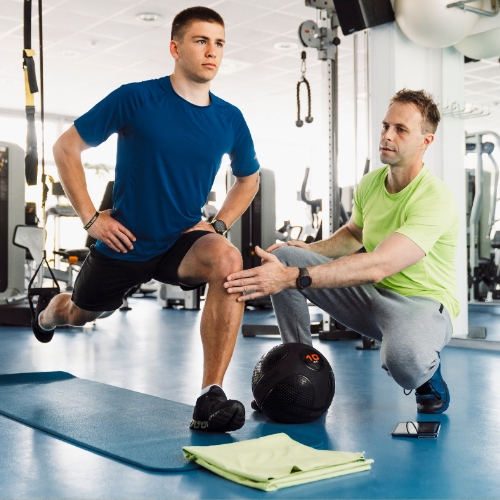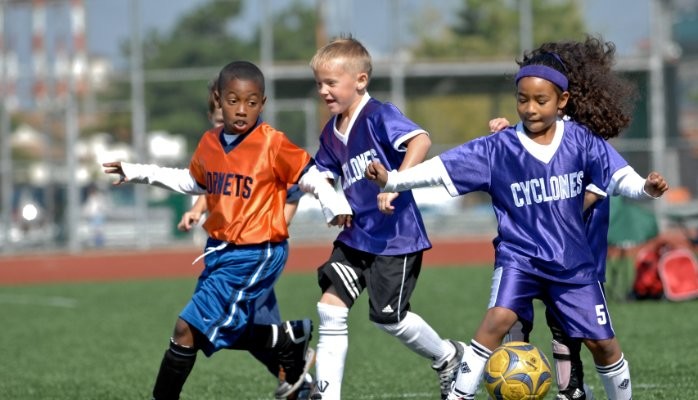POSITION STATEMENTS
I "Position Statements" sono comunicati ufficiali della NSCA su argomenti relativi allo Strength and Conditioning e alla scienza dell'esercizio. Tutte le dichiarazioni di NSCA sono pubblicate nel Journal of Strength and Conditioning Research® e sono disponibili gratuitamente al pubblico.
ALLENAMENTO CON I PESI PER LA POPOLAZIONE ANZIANA

I benefici dell'allenamento con i pesi sono straordinari, ma troppo pochi anziani sono coinvolti in queste attività, principalmente a causa di paura, confusione e mancanza di informazioni sulle modalità di attuazione. Si spera che questo position statement possa avere un impatto positivo e mettere chiarezza su come intervenire per promuovere un invecchiamento sano.
LINEE GUIDA PER UN RITORNO SICURO ALL'ALLENAMENTO

Le linee guida forniscono agli allenatori di Strength and Conditioning un quadro chiaro per la progettazione di programmi sicuri ed efficaci nelle prime 2-4 settimane dopo periodi di inattività o un ritorno da infortuni o malattie.
SVILUPPO A LUNGO TEMINE PER IL GIOVANE ATLETA (LTAD)

Negli ultimi anni, c'è stato un crescente interesse per lo sviluppo atletico a lungo termine nei giovani. A causa delle loro differenze fisiche, psicologiche e sociali, i bambini e gli adolescenti dovrebbero partecipare a programmi di esercizio adeguatamente prescritti che promuovano lo sviluppo fisico, prevenendo infortuni e migliorando le competenze motorie che possono essere mantenute nel corso della vita.
IL PROBLEMA DOPING

L'uso di sostanze anabolizzanti per migliorare la performance atletica è diventato un'importante preoccupazione per le organizzazioni sportive professionali, gli enti e le federazioni sportive. La NSCA crede che, attraverso l'educazione e la ricerca, possiamo mitigare l'abuso di androgeni e ormone della crescita (GH) da parte degli atleti.
ALLENAMENTO CON I PESI PER I GIOVANI

Lo scopo del presente rapporto è aggiornare e chiarire le raccomandazioni del 1996 su quattro aree di importanza legate all’allenamento con i pesi in età giovanile, in particolare:
- Potenziali rischi e preoccupazioni associati all'allenamento con i pesi nei giovani
- Potenziali benefici per la salute dell'allenamento con i pesi nei giovani
- Tipologia e linee guida sull’ allenamento con i pesi in bambini e adolescenti sani
- Considerazioni sulla progettazione del programma per ottimizzare le adattamenti a lungo termine dell'allenamento.
